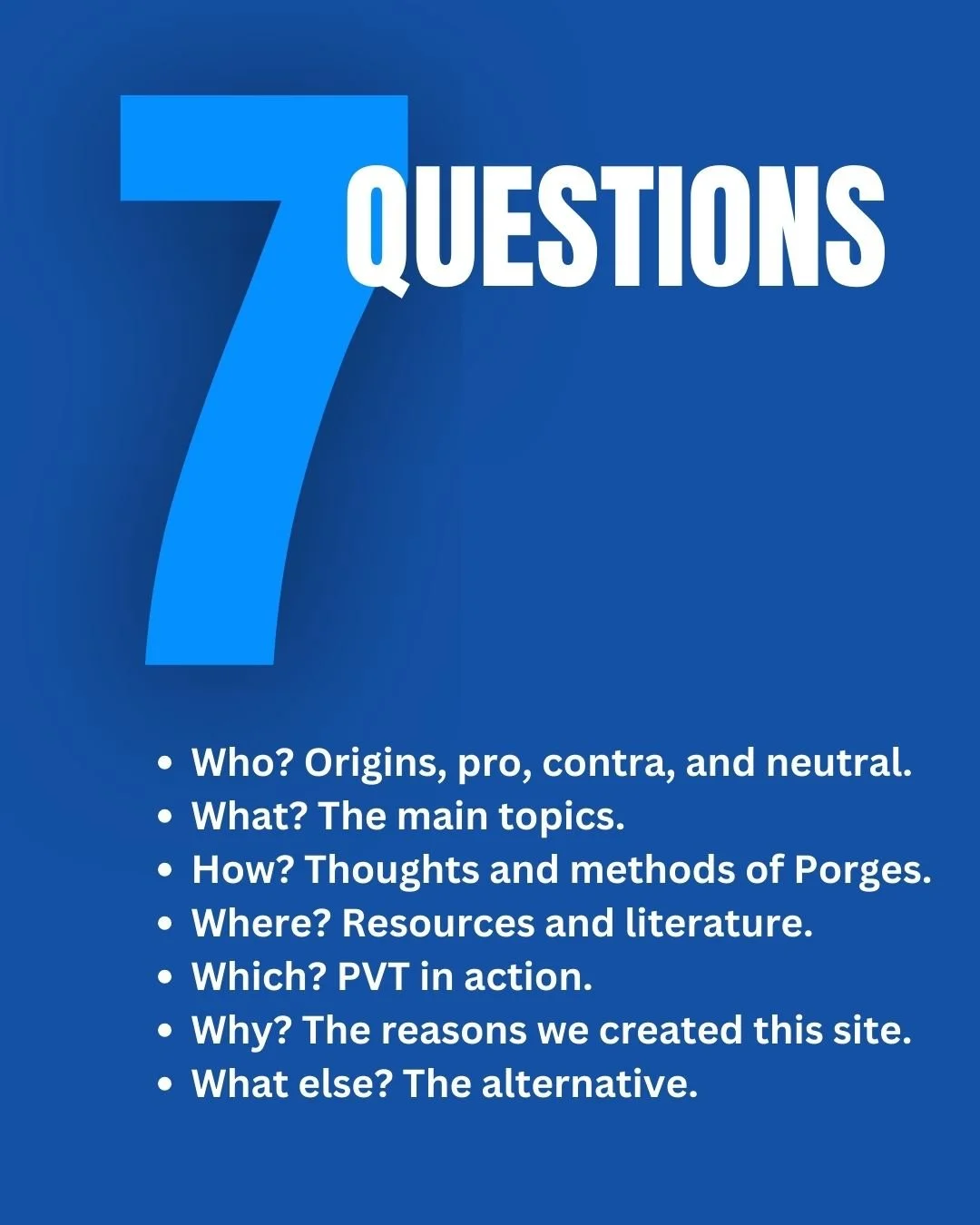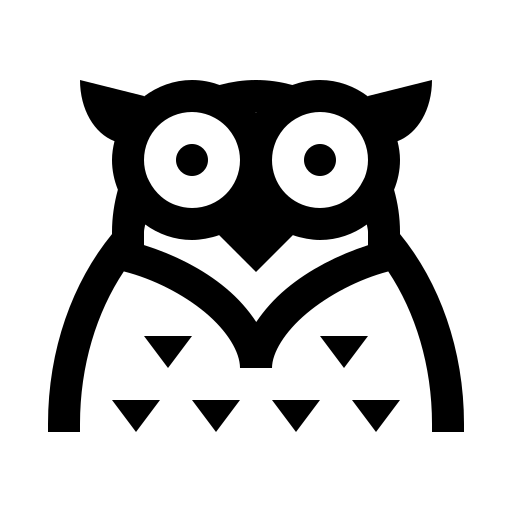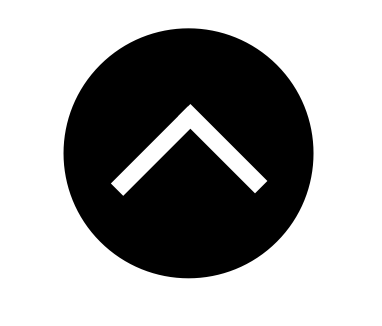Polyvagal Theory
— a Critical Review
Originally proposed as a scientific concept for an elite group of experts, the Polyvagal Theory was introduced 30 years ago and has been growing in popularity over the past decade. It’s fascinated non-expert readers who love the contrast between asocial reptiles and socially connected mammals. Its creator, psychologist Stephen Porges, has expanded the theory into many areas, especially psychotraumatology. But the Polyvagal Theory (PVT) is still controversial in the scientific community. This website will review PVT and thoroughly examine its claims and methods.
Be informed –
Go to the facts –
Read –
Think –
Be informed – Go to the facts – Read – Think –
Before you start
This website is designed for two types of readers:
Specialists: If you are a biologist or researcher, you’ll want direct access to the sources. To facilitate this, the original titles of the publications (books or articles) are in bold. I know it’s unconventional, but it’s a quick preview before diving into the 2,500 references.
Readers with moderate or no scientific background: Complex content is made more accessible with diagrams, images, narratives, and photos that simplify the concepts.
This is not a book and I’m not a professional writer or illustrator. I will continue to refine and improve the content as science evolves rapidly, with new insights emerging monthly.
The scientific literature is the backbone of this site. Not all sources used in this research have been included and some titles may be obscure. But they were helpful – sometimes just a few keywords made a reference valuable. For scientific readers, most articles are linked to their sources. The latest bibliography (October 2024) is a downloadable PDF so you can browse, click and search on your computer.
Get here an overview of the whole website!
This owl tells you when I get too technical or complicated. Feel free to skip these parts and move on to the rest—no pressure!
This site has long pages. Use this button to go back to top!
Click here to go to the next chapter.
>> to chapter 1.1 The Origins




